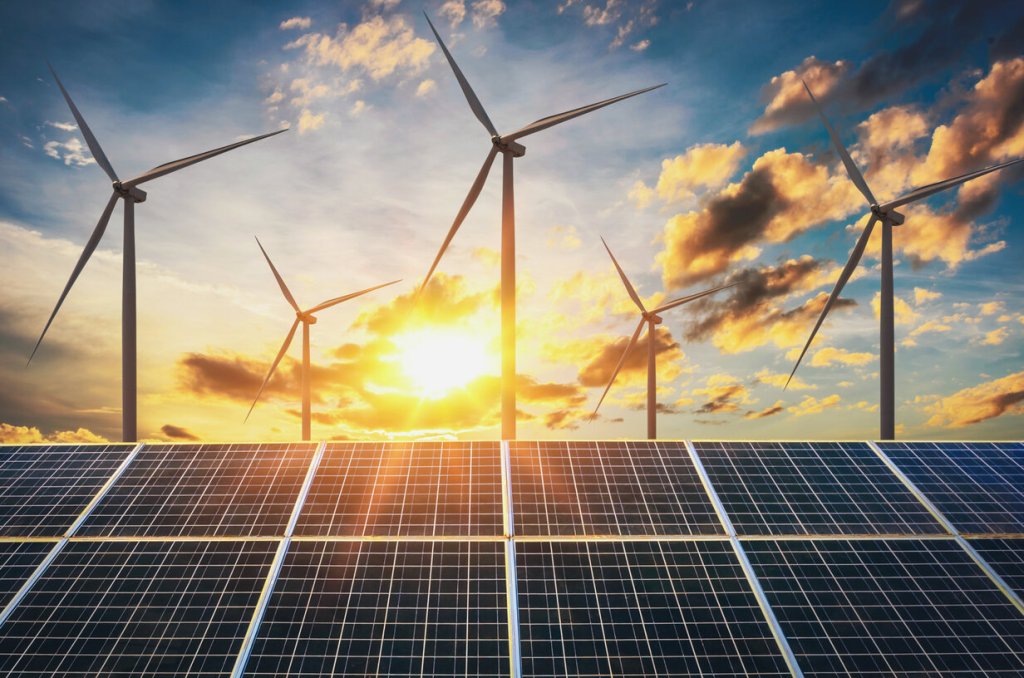Share This
Related Posts
Tags
EIA Updates
By Joel Nelson on Jul 7, 2022 in Energy
Here’s the latest of our periodic updates of news and trends reported by the Energy Information Administration, a statistical and analytical agency of the U.S. Department of Energy.

Conflict spurs fuel price uncertainty
Fuel price projections are uncertain, due in part to the Russia-Ukraine war’s potential impact on nations, energy producers and markets.
With global inventories of crude oil, natural gas, and coal below average before the war, U.S. gasoline and diesel prices hit multiyear highs in March. EIA forecasts that the average inflation-adjusted prices of gasoline and diesel this summer will be the highest since summer 2014.
Production could temper prices in ‘23
EIA projects that U.S. oil production will average 12.4 million barrels per day in 2023, surpassing the record high for domestic crude oil production set in 2019, with domestic crude oil production increasing steadily between 2021 and 2023. Crude oil inventories will reach 465 million barrels at the end of 2023, which is about 11% more than inventories at the end of 2021.
“We expect global demand for petroleum products to return to and surpass pre-pandemic levels this year, but crude oil production grows at a faster rate in our forecasts,” said EIA Acting Administrator Steve Nalley. “We expect that as crude oil production increases, inventories will begin to replenish and help push prices lower for gasoline, jet fuel, and other products in the short term.”
By September 2023, U.S. natural gas production will hit an all-time high daily average. Coal consumption, meanwhile, will fall by 2% in 2022 and remain relatively unchanged in 2023.
Home appliances getting smarter
EIA’s recently released 2020 Residential Energy Consumption Survey offers a look at electricity-consuming devices used in American homes.
The survey reveals that nearly half of U.S. households used LED lighting in 2020 for all or most of their indoor lighting, up from 4% in 2015. About 40 million households had smart speakers in 2020, nearly 18 million of which controlled lighting, temperature or security. Even though people spent more time at home as the COVID-19 pandemic peaked, residential energy use declined by 4% that year from 2019.
Survey results drew from 18,500 respondents in all 50 U.S. states and the District of Columbia.
Renewables on the fast track
EIA’s Annual Energy Outlook 2022 predicts that renewable energy will be the fastest growing source of energy through 2050. However, petroleum and liquid fuels will remain the most-consumed source of energy.
U.S. solar power production increased 23.7% in 2021 over 2020 levels. EIA forecasts a further 27.3% increase this year and 25.2% in 2023. Wind and solar incentives, along with falling technology costs, will support robust competition with natural gas for electricity generation as coal and nuclear power decrease in the U.S. electricity mix.
Quadrennial survey: manufacturing more fuel-efficient
The most recent Manufacturing Energy Consumption Survey, which EIA conducts every four years, shows that the U.S. manufacturing sector used 26% less energy in 2018 than it did in 1998. The sector’s gross output also increased 12% over the same period. The survey drew from about 15,000 manufacturing establishments.
“U.S. manufacturing is becoming more fuel efficient and less labor intensive,” said Nalley said. “U.S. manufacturers are producing more goods while consuming less energy, indicating that the sector overall has increased its energy efficiency.”
Learn more about EIA resources on energy production, use and trends. Read about how Yardi leads real estate industry benchmarking and education initiatives as an ENERGY STAR® Partner of the Year Sustained Excellence Award winner. See how Yardi incorporates energy efficiency into its own properties as an ENERGY STAR-certified building operator.
